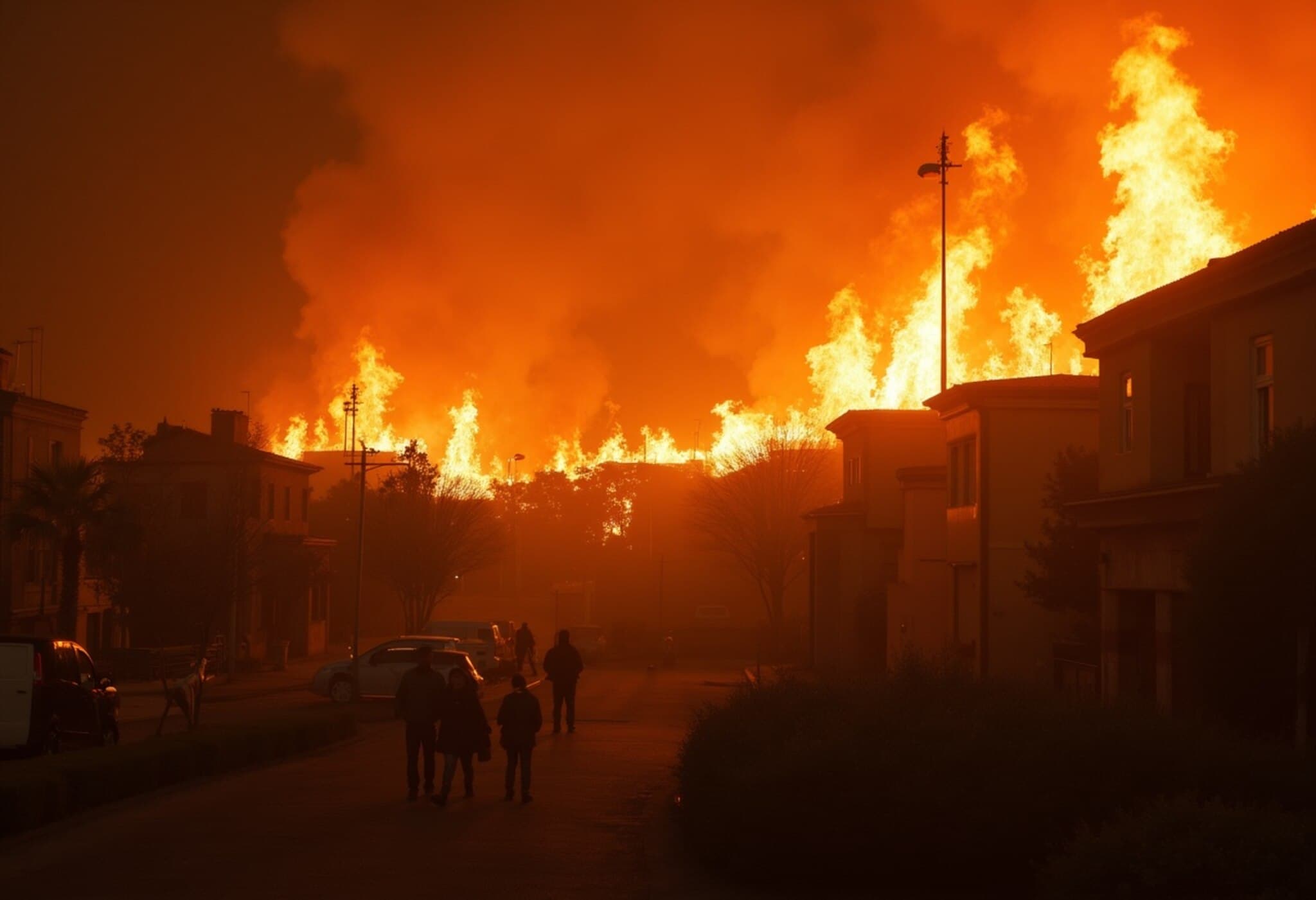Deadly Downpours in Northern China: Heavy Rains Leave Two Dead, Thousands Displaced
Unrelenting rainfall across northern and northeastern China has taken a tragic toll, killing two people and leaving two others missing, while thousands have been forced to evacuate their homes. The latest onslaught comes as authorities brace for continued heavy rains and escalating natural disaster risks, including severe flooding and landslides.
Flash Floods and Torrents Sweep Through Hebei and Beijing Regions
State broadcaster CCTV confirmed that two deaths and two missing persons were reported in Hebei province after intense rainstorms pummeled the region. Fuping, an industrial town within Baoding city, experienced a staggering 145 millimeters (5.7 inches) of rainfall per hour overnight—an extreme volume overwhelming local drainage systems.
The Ministry of Water Resources has issued targeted flood warnings affecting 11 provinces and regions, including China's capital city Beijing and its neighbor Hebei. These alerts highlight the threat posed by flooding from small to mid-sized rivers and rapid mountain torrents, which have posed immediate risks to vulnerable communities.
Communities Face Disasters: Emergency Evacuations and Infrastructure Failures
Floodwaters have particularly ravaged the rural Miyun district of Beijing. The small town of Fengjiayu suffered severe impacts, with multiple villages cut off due to power and communication outages. According to reports by Beijing News Radio, more than 3,000 residents have been evacuated from flood-prone areas to safer locations.
Meanwhile, the Miyun Reservoir—a critical water body supplying the capital—has seen inflows reach a record-breaking 6,550 cubic meters per second, straining flood control infrastructure and sparking concerns for downstream safety.
Weather Outlook: Continued Downpours and Rising Risks
Beijing’s Meteorological Observatory warns that rainfall will intensify, with some districts expecting accumulative precipitation exceeding 100 millimeters in just six hours. This raises the likelihood of waterlogging in low-lying urban neighborhoods, compounding the challenges for emergency response.
Further geological risks loom ominously, with official warnings issued for potential landslides and mudslides following repeated deluges that have already dumped a year's worth of rain on nearby Baoding in short spans.
Climate Context and Economic Implications
Experts increasingly point to climate change as a factor amplifying the frequency and intensity of storms in northern China—a region typically more arid. The East Asian monsoon, intensified by global warming, has wrought disruption across China’s vast landscape and economy.
Notably, Baoding’s Xizhuang weather station recorded an unprecedented 540 millimeters (21 inches) of rain in eight hours, surpassing the city’s average annual rainfall. This deluge displaced thousands, impacting roughly 46,000 people.
As China grapples with the limits of aging flood defenses, authorities face the daunting task of protecting millions from displacement and safeguarding key sectors. China's agricultural economy alone, valued at an estimated $2.8 trillion, remains highly vulnerable to these extreme weather events.
Looking Ahead: Challenges and Preparedness
- Infrastructure resilience: Upgrading flood defenses to meet intensifying weather is critical.
- Emergency management: Swift evacuation protocols and communication must be prioritized, especially in remote areas.
- Climate adaptation policies: Long-term strategies are essential to mitigate global warming’s impacts on weather patterns.
Editor’s Note
Northern China’s devastating rains lay bare the intersection of climate change, urban vulnerability, and infrastructure challenges in a rapidly developing economy. As storms grow fiercer, so does the urgency for integrated disaster preparedness and climate-resilient development. How China balances economic growth with environmental safeguards will be crucial in protecting its citizens and sustaining its food security amid a changing climate.



















